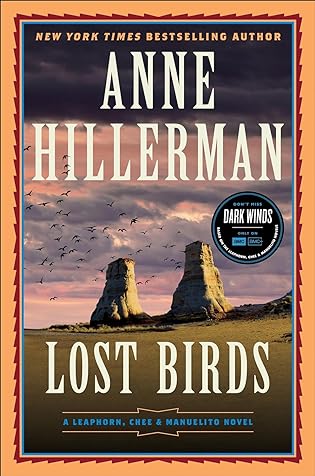 Lost Birds (Leaphorn, Chee & Manuelito #27) by Anne Hillerman
Lost Birds (Leaphorn, Chee & Manuelito #27) by Anne Hillerman Format: eARC
Source: supplied by publisher via Edelweiss
Formats available: hardcover, paperback, large print, ebook, audiobook
Genres: mystery, thriller
Series: Leaphorn & Chee #27, Leaphorn, Chee & Manuelito #9
Pages: 304
Published by Harper on April 23, 2024
Purchasing Info: Author's Website, Publisher's Website, Amazon, Barnes & Noble, Kobo, Bookshop.org, Better World Books
Goodreads
From New York Times bestselling author Anne Hillerman, a thrilling and moving chapter in the Leaphorn, Chee & Manuelito series involving several emotionally complex cases that will test the detectives in different ways. Joe Leaphorn may be long retired from the Navajo Tribal Police, but his detective skills are still sharp, honed by his work as a private detective. His experience will be essential to solve a compelling new finding the birth parents of a woman who was raised by a bilagáana family but believes she is Diné based on one solid clue, an old photograph with a classic Navajo child’s blanket. Leaphorn discovers that his client’s adoption was questionable, and her adoptive family not what they seem. His quest for answers takes him to an old trading post and leads him to a deadly cache of long-buried family secrets. As that case grows more complicated, Leaphorn receives an unexpected call from a person he met decades earlier. Cecil Bowleg’s desperation is clear in his voice, but just as he begins to explain, the call is cut off by an explosion and Cecil disappears. True to his nature, Leaphorn is determined to find the truth even as the situation grows dangerous. Investigation of the explosion falls in part to Officer Bernadette Manuelito, who discovers an unexpected link to Cecil’s missing wife. Bernie also is involved in a troubling investigation of her an elderly weaver whose prize-winning sheep have been ruthlessly killed by feral dogs. Exploring the emotionally complex issues of adoption of Indigenous children by non-native parents, Anne Hillerman delivers another thought-provoking, gripping mystery that brings to life the vivid terrain of the American Southwest, its people, and the lore and traditions that make it distinct.
My Review:
“We grow too soon old and too late smart,” a saying that has its roots far from the Navajo tribal lands in the Four Corners area, but nevertheless applies to many of the characters in this 27th entry in the long-running Leaphorn, Chee and Manuelito series.
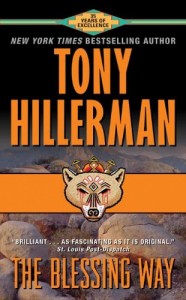 Especially, but absolutely not exclusively, to the ‘Legendary Lieutenant’ himself, retired Navajo Nation Police Lieutenant Joe Leaphorn – the original protagonist of this series back when it began back in 1970 in The Blessing Way, written by author Anne Hillerman’s father Tony Hillerman.
Especially, but absolutely not exclusively, to the ‘Legendary Lieutenant’ himself, retired Navajo Nation Police Lieutenant Joe Leaphorn – the original protagonist of this series back when it began back in 1970 in The Blessing Way, written by author Anne Hillerman’s father Tony Hillerman.
As this series is written in a kind of ‘perpetual now’, Leaphorn isn’t quite as old as the number of years between 1970 and 2024 would lead one to expect, But he has aged from a man in his prime into retirement – and the start of a second career as a private investigator.
He’s not as young or as fast as he used to be – even if he’s not always willing to admit it – while the first young officer he mentored, Jim Chee, has just been promoted to Lieutenant himself. Leaphorn’s other mentee, Officer Bernie Manuelito, now Chee’s wife, is still grieving a miscarriage, and stinging after losing out on a promotion of her own.
The case they ALL find themselves working on – if not always together – begins with an explosion at a local school. Joe is on the phone with the survivor of one of his earliest cases when he hears the explosion through the phone, the call drops – or the caller does, and Joe is left hanging.
Bernie gets called to the school, because the place is on fire – or at least one specific building is. She’s had some training in dealing with explosions and their aftermath – and this case unfortunately looks like an occasion for her to use those skills.
Which is exactly what it turns out to be. Which is also the last straightforward aspect of the whole case. The ONLY saving grace to the disaster is that it happened on a Saturday morning and no students were present to be caught up in the flames.
With the increasing amount of violence on all school campuses across the country, the Navajo Police, the FBI, and every other possible jurisdiction fear that the conflagration was both cleverly and deliberately set. And they could be right. There are certainly plenty of signs that point that way – including the absence of a custodian with a whole lot of financially troubling motives for something nefarious.
Or, as much as Leaphorn and the cops he trained do not believe in coincidences, that chain of terrible events could be the result of them. After all, the other case that Leaphorn is working on turns out to be riddled with them – to considerably better results.
But it’s the much too personal case that catches up to Leaphorn that forcibly reminds him that time is catching up to him – and that there are some things it is best to say before it is too late.
Escape Rating A: Just as there are three investigators in this story, there are three cases, but the cases are not in parallel, do not intersect and mostly lead back to Joe Leaphorn, which is fitting as he is the place where the whole series began.
The big case, the official investigation into the explosion and fire at the school, is the case that takes up the least of Leaphorn’s time but the most of Bernie Manuelito’s time and effort – and pushes her up against her issues with her job disappointment and her new boss.
But the case of the explosion is the case with the largest number of facets in the present, and the only part that doesn’t do a deep dive into any of the investigators’ pasts or personal lives. Which is a good thing because there is plenty of that on the parts of all of the potential suspects.
That part of the case is interesting because the track it goes down isn’t remotely fruitful – and yet it manages to lead to the correct result in spite of itself and everyone’s assumptions about the hows and the whys of the thing. There turn out to be plenty of arrests to go around – but not for any of the reasons that anyone first suspects.
Leaphorn’s private case is the one that delves into a bit of history, and rights a single tragedy in a vast sea of wrongs that no one has the power to fix in its entirety. It’s this case that the book is titled after, as a “Lost Bird” in the Navajo context is a child who was adopted out of their tribal community. Joe’s client may be one of those “Lost Birds”, one who is determined to find out as much of the truth as is still there to find before everyone left who might have known a bit of that truth passes away.
Last, but not least, are the personal aspects of this series. While Bernie’s ongoing struggle to balance her career as a police officer alongside of her more traditional obligations as daughter and sister often features in this series, and a further chapter of her difficulty in managing that balancing act does occur, the big personal ‘case’ in this case is Leaphorn’s – which is a surprise and a revelation because Leaphorn is a person who very much keeps himself to himself – and this time that’s impossible.
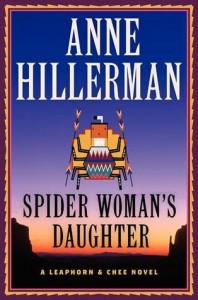 All of which made Lost Birds another enthralling chapter in this long-running saga. While I don’t think a new reader would need to start back at the very, very beginning, picking this series up with Spider Woman’s Daughter, the story where Anne Hillerman picks up her father’s legacy just as Bernie Manuelito investigates the shooting of her mentor and father-figure Leaphorn is a great place to begin.
All of which made Lost Birds another enthralling chapter in this long-running saga. While I don’t think a new reader would need to start back at the very, very beginning, picking this series up with Spider Woman’s Daughter, the story where Anne Hillerman picks up her father’s legacy just as Bernie Manuelito investigates the shooting of her mentor and father-figure Leaphorn is a great place to begin.
This entry in the series feels like it might be Joe Leaphorn’s swan song. He comes to some conclusions at the end that leave the impression that he’s going to move from his second act as a private investigator to a third act as a consultant – one that will hopefully put him less in the line of fire. Not that I think the series is going to end – please no – but rather that his role is going to be a bit more reduced. Whatever happens, I’m certainly looking forward to finding out – hopefully this time next year.

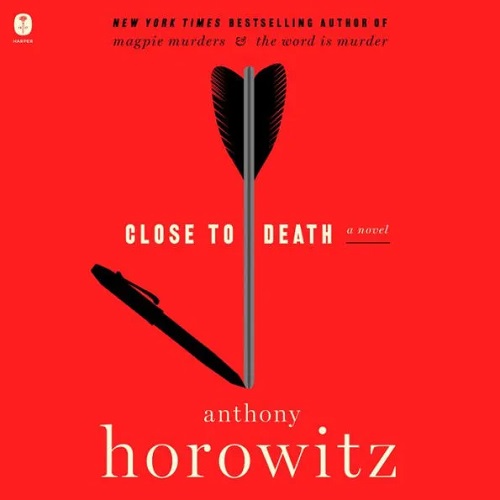 Close to Death (Hawthorne & Horowitz, #5) by
Close to Death (Hawthorne & Horowitz, #5) by 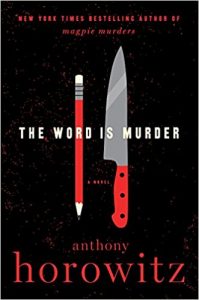
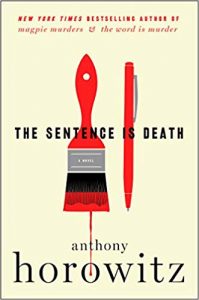
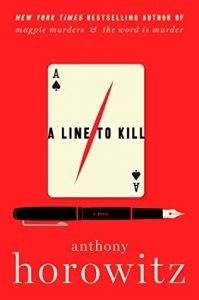
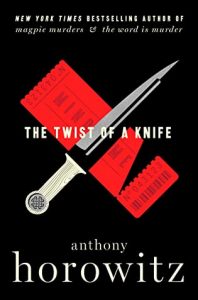
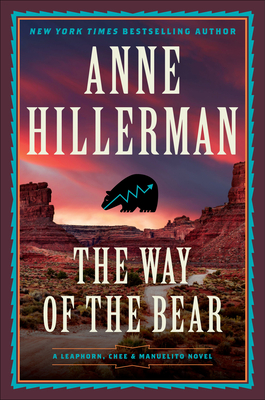 The Way of the Bear (Leaphorn, Chee & Manuelito #8) by
The Way of the Bear (Leaphorn, Chee & Manuelito #8) by 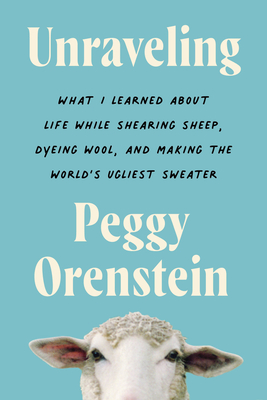 Unraveling: What I Learned About Life While Shearing Sheep, Dyeing Wool, and Making the World's Ugliest Sweater by
Unraveling: What I Learned About Life While Shearing Sheep, Dyeing Wool, and Making the World's Ugliest Sweater by 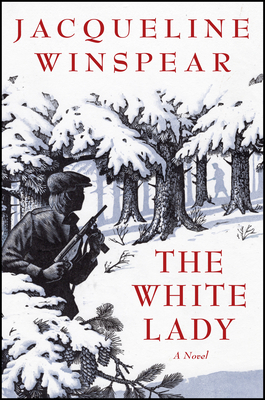 The White Lady by
The White Lady by 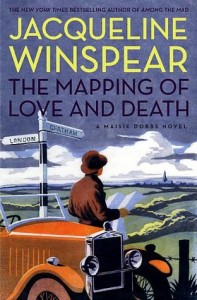 For the past several years of her cases (since
For the past several years of her cases (since 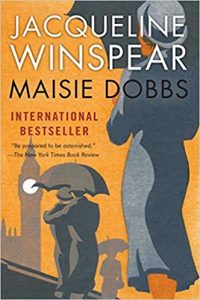 Escape Rating B: I ended this book with a LOT more mixed feelings than I expected going into it. I enjoy the
Escape Rating B: I ended this book with a LOT more mixed feelings than I expected going into it. I enjoy the 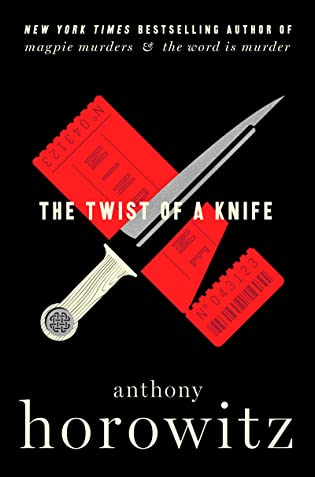 The Twist of a Knife (Hawthorne and Horowitz Mystery, #4) by
The Twist of a Knife (Hawthorne and Horowitz Mystery, #4) by 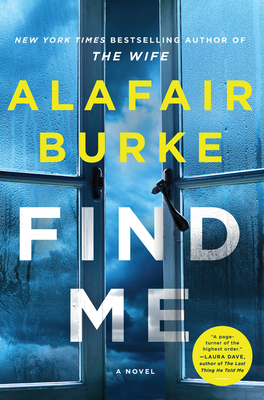 Find Me by
Find Me by 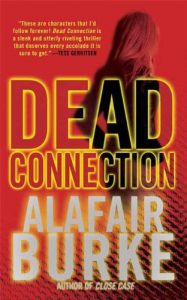 I had not realized when I picked this up that it was the 6th in a series featuring NYPD homicide detective
I had not realized when I picked this up that it was the 6th in a series featuring NYPD homicide detective 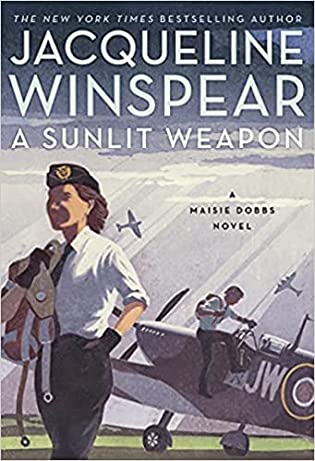 A Sunlit Weapon (Maisie Dobbs #17) by
A Sunlit Weapon (Maisie Dobbs #17) by 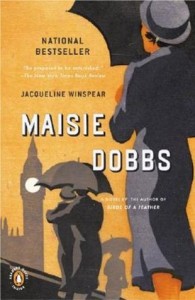 I love the
I love the 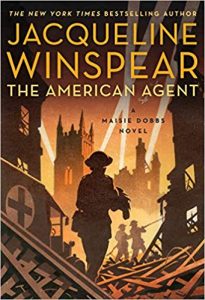 Escape Rating A-: We’ve followed Maisie from her childhood apprenticeship with Maurice Blanche through her nursing service in WW1, through her grief at the loss of her fiancé, her eventual wedding and subsequent tragic widowhood, her recovery and now her second marriage to the American Mark Scott who she met in a previous book in this series,
Escape Rating A-: We’ve followed Maisie from her childhood apprenticeship with Maurice Blanche through her nursing service in WW1, through her grief at the loss of her fiancé, her eventual wedding and subsequent tragic widowhood, her recovery and now her second marriage to the American Mark Scott who she met in a previous book in this series, 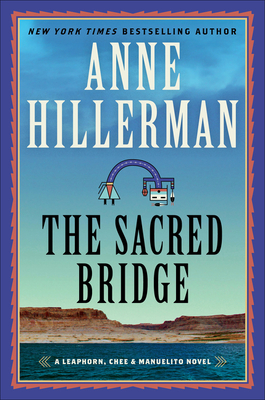 The Sacred Bridge (Leaphorn, Chee & Manuelito #25) by
The Sacred Bridge (Leaphorn, Chee & Manuelito #25) by 
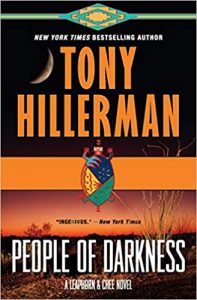 But I was hoping that this book would break the grade “B” reading week I’ve been having, and it just didn’t. It could be me, it could be that everything I’m picking up is turning into “B for Blah” whether it really is or not. But this entry in the series fell just a bit flat for me.
But I was hoping that this book would break the grade “B” reading week I’ve been having, and it just didn’t. It could be me, it could be that everything I’m picking up is turning into “B for Blah” whether it really is or not. But this entry in the series fell just a bit flat for me.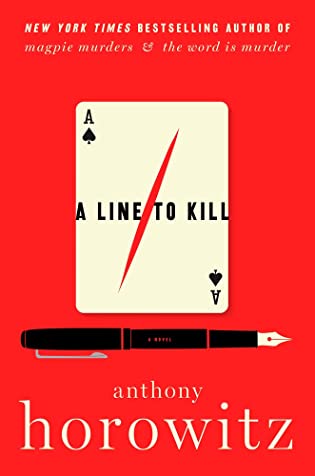 A Line To Kill (Hawthorne and Horowitz Mystery, #3) by
A Line To Kill (Hawthorne and Horowitz Mystery, #3) by 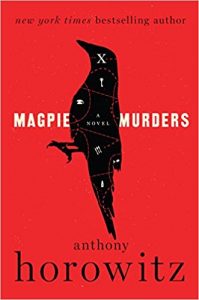 Escape Rating B+: Both of the author’s current series, the
Escape Rating B+: Both of the author’s current series, the